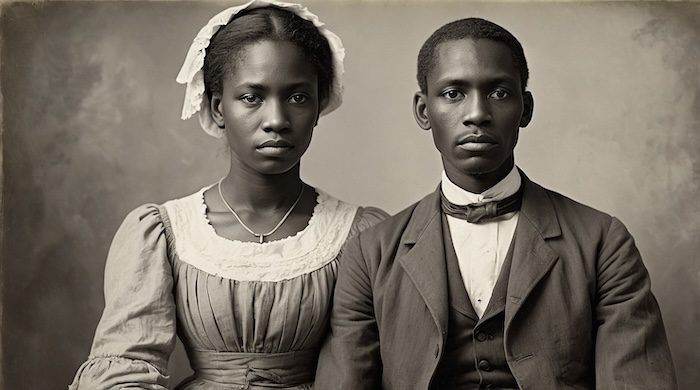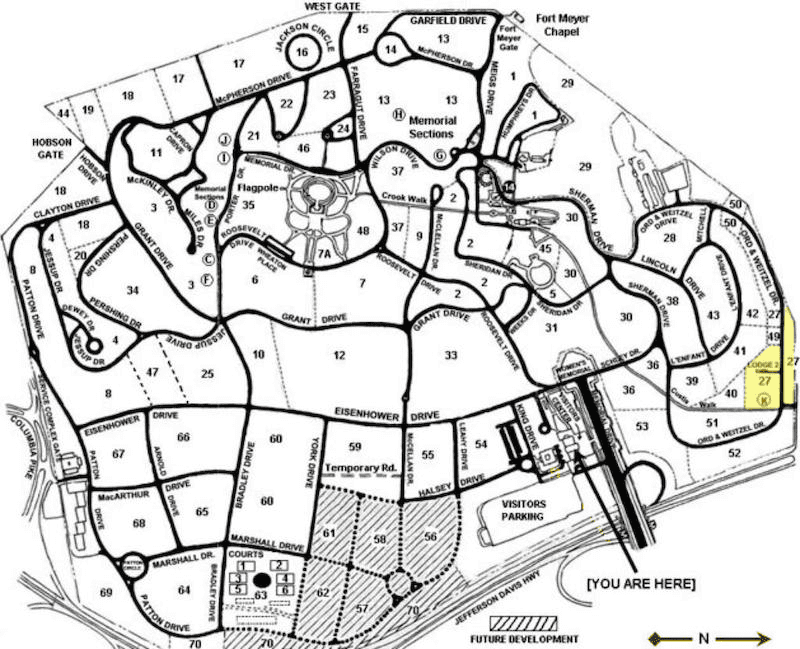Freedman’s Village (Arlington, Virginia)
1863–1900
On land that had been the Custis-Lee plantation (today’s Arlington National Cemetery), the U.S. War Department created Freedman’s Village in 1863 as a planned community for self-emancipated people and refugee free people of color. It quickly grew into a model town, with houses, schools, churches, workshops, a hospital, and farms, administered first by the military and, after 1865, by the Freedmen’s Bureau. Under pressure from cemetery expansion, local politics, and federal plans, the village was ordered closed in the late 1880s; by 1900, residents had been removed and dispersed to neighboring Black communities in Arlington and across the river in Washington, D.C.
Before the Village: The Custis–Lee Household & the Enslaved Estate (1802–1863)
In 1831, Mary Anna Randolph Custis, the only child of George Washington Parke Custis, married Robert E. Lee. When G.W.P. Custis died in 1857, the estate (including Arlington House and its enslaved community) passed to Mary and Robert Lee. Custis’s will directed that those he enslaved be emancipated within five years; as executor, Lee oversaw manumissions by late 1862.
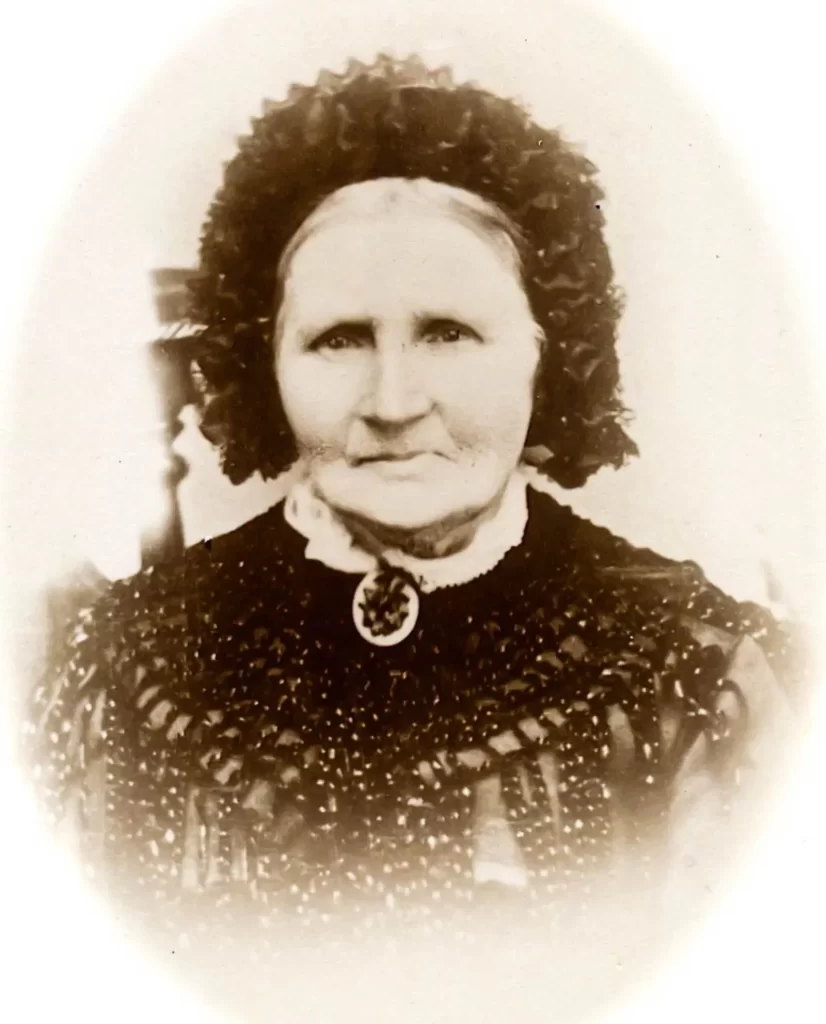
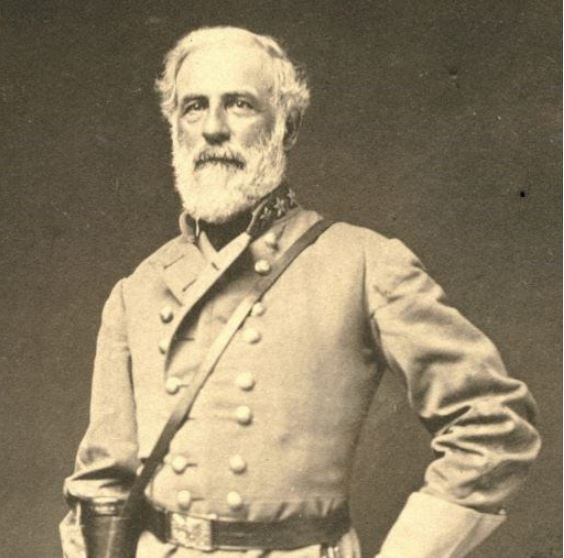
Arlington was a plantation built and maintained by enslaved people.
In May 1861 Union troops occupied the heights; in 1864 the U.S. designated 200 acres as a military cemetery. On the southern part of the former plantation, federal authorities created Freedman’s Village (1863–1900), a planned community where self-emancipated people and free people of color began new lives on the very ground that had enslaved them.
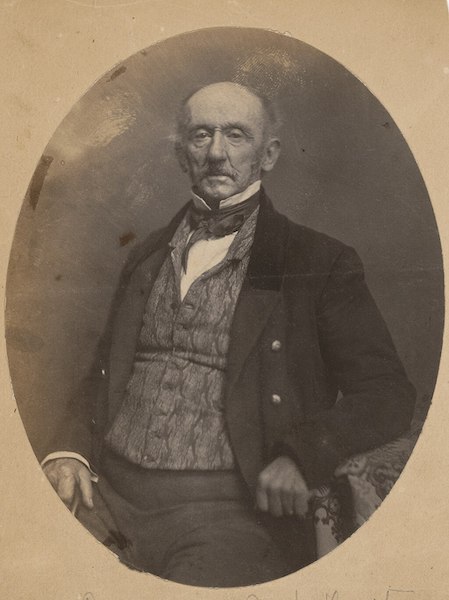
From Custis Estate to Federal Reservation (1802–1864)
George Washington Parke Custis built Arlington House beginning in 1802 on an inheritance that included enslaved laborers and vast acreage above the Potomac. His daughter Mary Anna Randolph Custis married Robert E. Lee; upon Custis’s death in 1857, his will mandated emancipation of the estate’s enslaved people within five years. During the Civil War, Union forces occupied the heights in May 1861; after Mary Custis Lee did not appear in person to pay a wartime direct tax, the government auctioned the estate on January 11, 1864 for $26,800. In United States v. Lee (1882), the Supreme Court ruled that tax sale improper; G.W.C. Lee then sold the estate back to the United States in 1883 for $150,000. Meanwhile, June 15, 1864, Secretary of War Edwin Stanton designated 200 acres as a national cemetery.
Building a “Model" Community (1863–1865)
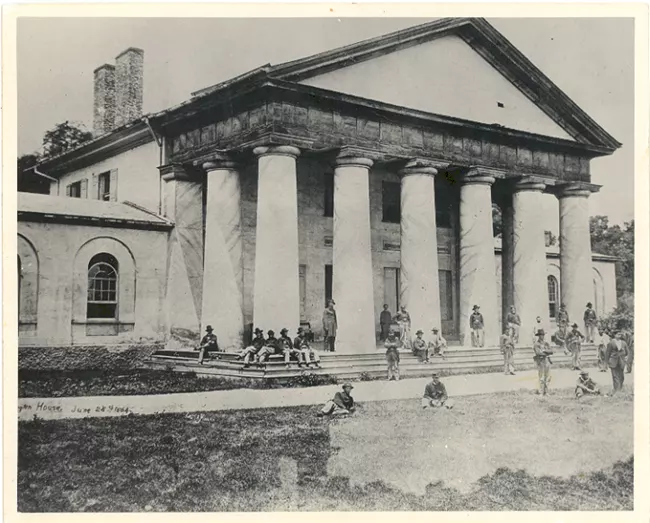
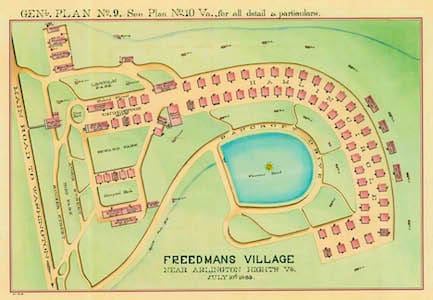
With wartime refugee camps in Washington overcrowded, Quartermaster officials selected a site about a half-mile south of Arlington House for a more sanitary, orderly settlement. The first ~100 settlers arrived within weeks; a public dedication followed in December 1863. Plans called for fifty 1½-story cottages, a hospital, schools, workshops, and a home for the aged and infirm. In 1865 the village passed under the Freedmen’s Bureau (RG 105). Surviving maps and the “Head Quarters at Freedman’s Village, July 10, 1865” plan show streets and parks named for political and military leaders.
Regulations & Daily Life. Published “Regulations for Government of Freedman’s Village” required residence passes, school attendance for children, Sabbath observance, curfews, and work assignments (with wages) for adults learning trades—clear evidence of both opportunity and paternalistic control typical of Bureau-era policy.
Researching Freedman’s Village & Its People
RG 105 (Freedmen’s Bureau)
| Freedman's Village Records | |
| Records Group 92 | |
| Consolidated Correspondence File, 1794-1890. (RG92) NARA | |
| M1902 - Ancestry.com | |
| Subordinate Field Office – Freedmen’s Village | |
| M1902 FamilySearch | |
| Descriptive Pamphlet – District of Columbia (M1902) | |
| Letters and orders received | Receipts and expenditures at Abbott Hospital |
| Letters received | Receipts for materials received, rent received from superintendent of Freedmen's Village |
| Letters sent by the superintendent | Register of people arriving at Freedmen's Village |
| Special orders and circular letters received | Reports |
| Labor contracts, Jun 8 | Reports of sick and wounded |
| M1055 | |
| Descriptive Pamphlet – District of Columbia (M1055) | |
| Other records, monthly reports of bureau of tenants | |
| Ancestry.com | FamilySearch |
Timeline (Quick Reference)
| Date | Event |
|---|---|
| May 1861 | Union occupies Arlington Heights. Smithsonian Magazine |
| May–Dec 1863 | Site chosen; first settlers arrive; public dedication of Freedman’s Village. National Park Service |
| Jan 11, 1864 | Federal tax sale; U.S. purchases estate for $26,800. Wikipedia |
| May 13, 1864 | First military burial (Pvt. William H. Christman). National Park Service |
| Jun 15, 1864 | Stanton formally establishes Arlington National Cemetery (200 acres). Arlington National Cemetery |
| 1865–1872 | Freedmen’s Bureau administration of the village. National Archives |
| 1882–1883 | United States v. Lee; government buys estate from G.W.C. Lee. Justia Law |
| 1887–1900 | Closure orders; removals complete by 1900. Arlington National Cemetery |
Arlington National Cemetery
Section 27 (Freedman’s Village)
Section 27 is one of the oldest and most historically significant burial sections at Arlington National Cemetery. Its history connects military burials, African American military service, freedpeople, and the complex legacy of the Civil War.
- Key facts:
- ➡️ The first military burials on the Arlington estate took place in June 1864 in what’s now Section 27.
- ➡️ The section contains headstones of “citizen” or “civilian” freedpeople (formerly enslaved persons and African American laborers) as well as African American soldiers.
- ➡️ Roughly 1,500 soldiers of the United States Colored Troops (U.S.C.T.) are interred here.
- ➡️ More than 3,800 freedpeople (i.e., African Americans who were formerly enslaved or free persons working as civilians during the war) are buried there.

